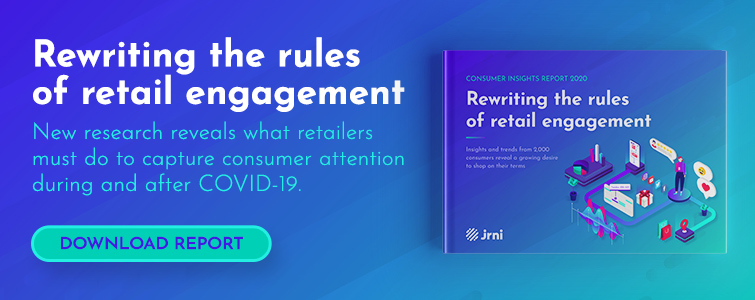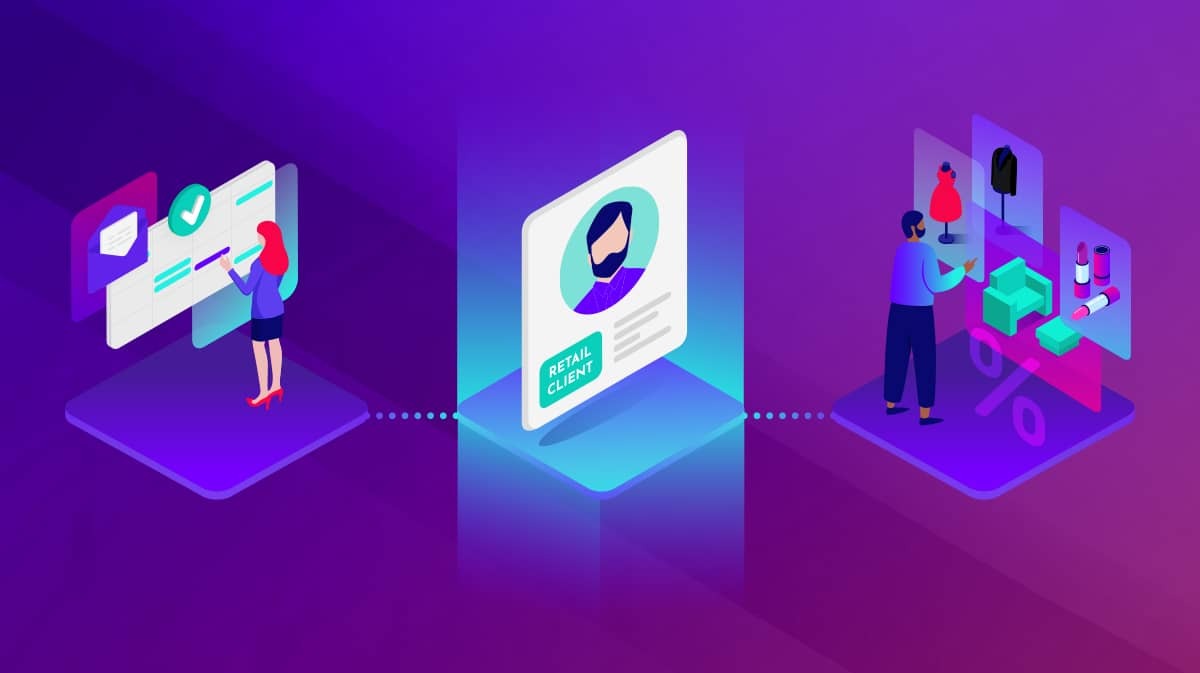Modern day retail loyalty is no longer as simple as collecting loyalty points on a plastic card. Nowadays it is the entire user experience which will determine whether customers choose to return again. Retail brands from all over the world are investing more and more in customer experience to create genuine long term customer loyalty, especially through recent technological innovations. By making sure their stores are up to date with the most innovative technology, they hope that customers will have the ultimate shopping experience. Enticing customers into the store is key for retailers, whether it’s with an interactive window display or a new in-store service.
A survey provided by Bouncepad said that 78% of 1,000 consumers surveyed want businesses such as retailers, restaurants and hotels to do a better job of using technology to improve the shopping experience. Furthermore, 61% want self-service tools at their disposal rather than tracking down an employee to drive the experience for them.
This year Walmart topped the list of retailers that made the best use of in-store technology. Walmart installed touch-screens in some of their stores to help shoppers access some of the information such as prices, searching for items, and redeeming discounts and promotions.
Technology is driving demand for the most seamless customer experience, using the newest gadgets and ideas to attract new and maintaining old customers. The bar has never been higher to impress your customers, and the playing field of technology is growing at an accelerated rate. A survey commissioned by JRNI (formerly BookingBug) found out that if retailers improved their stores with more inspiring displays, 22% of people were more likely to go in the UK and 27% people in the US. Some examples of how stores have used the best technology to reflect a positive experience to their customers include those used by popular brands such as Topshop and Pepe Jeans.
The atmosphere has always been reported as a key reason for in-store shopping and an area that needs urgent investment. Topshop, has done exactly that by launching SPLASH! in their famous Oxford Street store in London. SPLASH! is a seasonal campaign revolving around the brand’s summer clothing line using virtual reality at its heart. For this initiative, the company has turned its shop window into an interactive pool scenario with a water slide that customers can take a virtual ride on. This experience pairs physical and digital by asking customers to sit on an inflatable at the top of the water slide and wear an Oculus Rift headset. Each rider gets to experience a 360-degree VR ride on a water slide that twists and turns through a virtual Oxford Street and beyond. After the ride is over, customers can share their experience with their friends through social media, including a special Snapchat filter and a customized hashtag. These social integrations help to spread the brand’s message even further and give them a reason to keep coming back, as well as encouraging others to visit.
VR is not new, but it is finally becoming affordable enough to be used by brands and customers who have access to an array of devices. This is not the first time Topshop has used VR, and this proves that the brand sees the technology as an enabler of retail experience by helping it do something it couldn’t do otherwise. The store is even pumped with the smell of sun cream with special in-store pop-ups offering ice creams, hair tutorials, summer nails and swimwear personalization.
In our recent Modern Consumer report we discovered that the overall retail experience is good, but it could be better in areas like staff help and service.

Retailer Pepe Jeans hopes that with the new innovative in-store technology, these problems will be a thing of the past. The brand opened a brand new London flagship store using RFID (radio frequency identification) technology to tag each item of clothing, automatically detecting what a customer brings into the changing room. Once in the dressing room, the interactive screen mirrors will display outfit options as well allowing customers to request different sizes and styles.
RFID is a technology that allows employees to cut down the time that it takes to count stock as well as trigger a number of customer-facing digital initiatives, such as interactive mirrors and proximity digital signage, which is a true innovation in the retail market! Each member of staff will have a mobile handheld till point, which aims to create a seamless in-store experience.
The role of a store has changed from a convenient method of purchasing goods and services, to one of elevated emotional experience where shoppers expect to be given a high level of service, care and expertise.
With its interactive dressing room, Pepe Jeans is hoping to generate excitement for the customers visiting the store, offering a convenient alternative to the traditional shopping experience.
“Our objective for Regent Street was not just to open a new store, the objective was to deliver an innovative retail experience,” according to Mark Blenkinsop, Pepe Jeans Group’s chief marketing officer.
Although online shopping is increasing more and more, the store is very important and will remain so for the foreseeable future. However, there is no room for retailers to be complacent as their consumers have given very clear indication that the atmosphere and the staff must improve to retain and secure their loyalty. With the help of technological innovations, particularly in retail, brick-and-mortar stores will be less likely to be in danger of losing the battle to online shopping.
Learn more about how to capture consumer attention now and in the future in our recent research.




